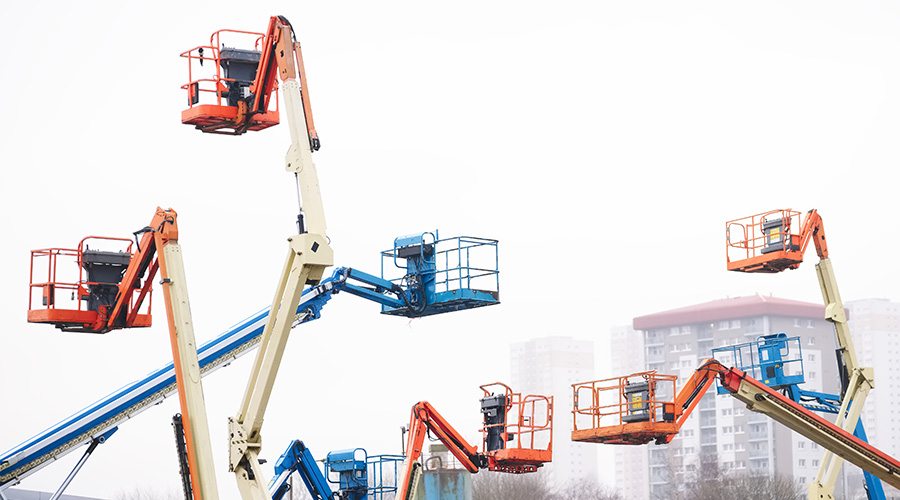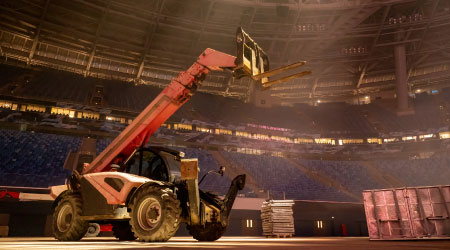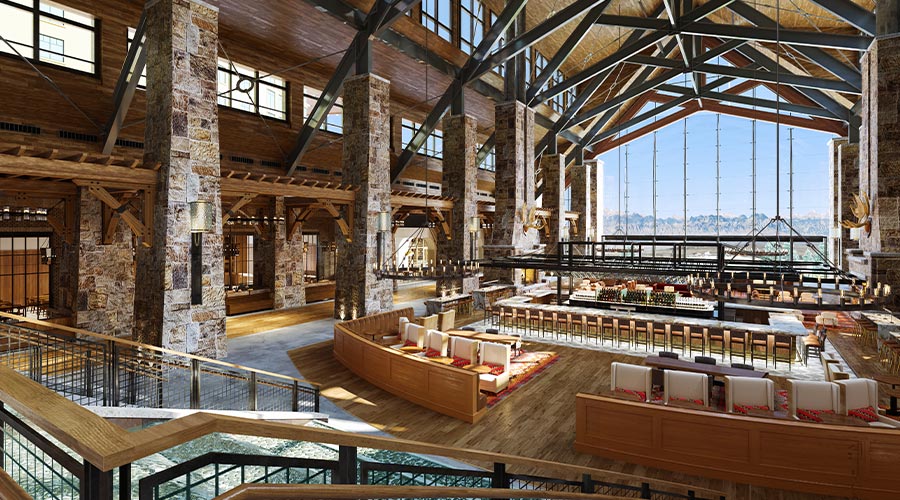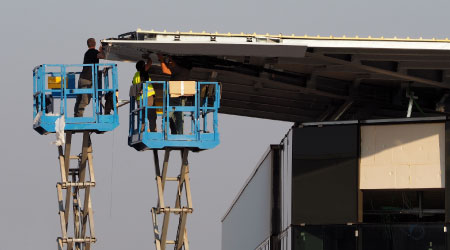Proper Inventory Management Procedures Produce Efficiency
Disorganization and inefficiency affect the bottom line. If a part has to be flown in, overnight shipping becomes expensive, especially with current gas prices. One company chartered a jet to Europe to pick up two boxes of essential parts to continue operating, at a cost of $55,000. Most companies cannot afford a chartered jet to deliver emergency parts. Money spent on organizing MRO storerooms is insurance against lost productivity.
Before implementing standard inventory management procedures, storerooms must resemble efficient retail operations: clean, organized, labeled, well-stocked,
and well-run.
Managers can implement three guidelines to organize storerooms:
Remove trash and junk. The first item on the storeroom reorganizing list is a thorough, hard-core cleaning of the main MRO storeroom, its satellites, and all other parts-storage areas.
This process includes getting rid of trash and junk as well as no-longer-used, left-over-from-modifications, and obsolete parts. Discard most parts that fall into the "We might use it someday" rule, along with every chair that found its way into the dark corners of the storeroom.
The exceptions to this process are parts for old but still operational equipment. But in that case, the only exceptions are standard spare parts, parts for machinery whose original equipment manufacturer went out of business, and parts that are no longer available in the marketplace that are used on operational machinery.
The storeroom supervisor can aid in this process by taking parts out of cardboard boxes and smaller wooden crates and placing them in the appropriate type of storage fixture. Place metal trash into a salvage dumpster or a 55-gallon drum, using proceeds from the sale to buy needed maintenance tools. Then take old paint, light tubes and other environmentally hazardous materials to appropriate disposal containers, and discard everything else.
Clean the space thoroughly. A storeroom reorganization requires a clean, empty space to start. Once trash is out of the way, space opens creating room to work. The various storage fixtures have more free space.
The next step is to set up portable tables along with empty sections of shelving. Then use standard industrial-strength cleaners and paper towels to get the grime, grit, grease and dirt off the shelving, and clean up the parts.
To remove old labels from the front of shelving, workers can use a razor scraper or simply rotate the shelf 180 degrees. Use the scraper on cabinets, pallet-, or bulk-storage racks, and scrape all shelves including the top shelf, where technicians can safely store certain parts. Then re-lamp all burned-out light fixtures, and add fixtures where the storeroom is dark. They also can repair damaged walls and consider adding a couple coats of white paint.
Sort and store parts properly. Now that the area, fixtures and parts have been cleaned up, it is time to get the parts sorted, assembled, and stored based on logic and common sense.
Related Topics:














